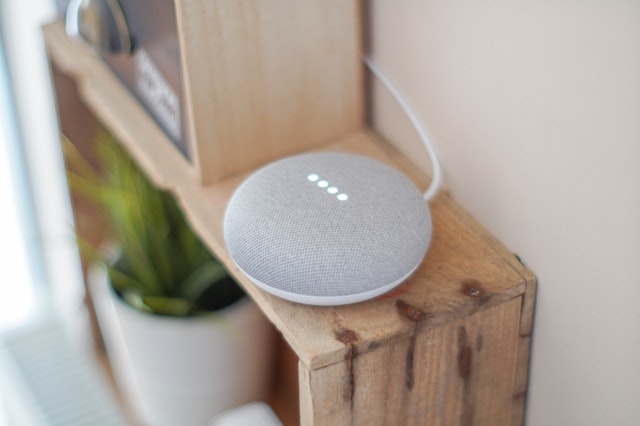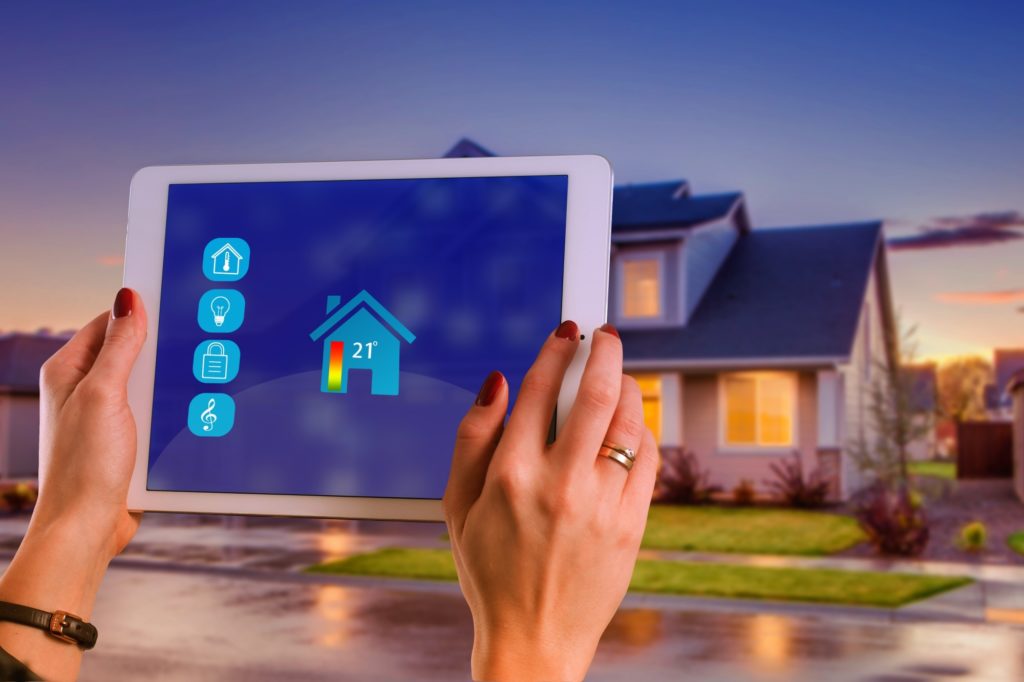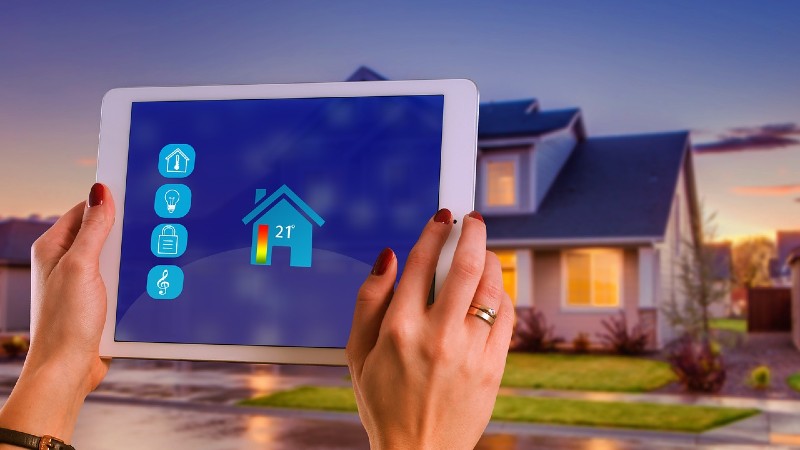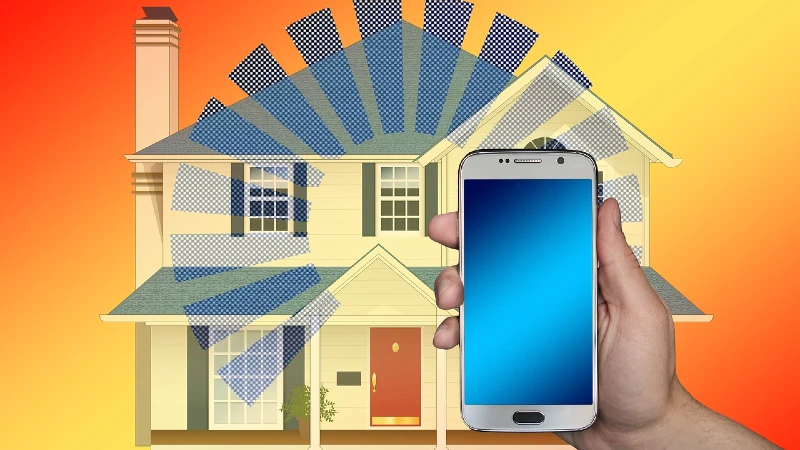Disclosure: This post may contain affiliate links, meaning we get a commission if you decide to make a purchase through our links, at no cost to you. Please read our disclosure for more info.
The days when working as an interior designer required just an eye for color, a love of décor, practical knowledge of the pros and cons of Roman blinds versus honeycomb curtains, and the ability to channel your creative vision into the homes of strangers are gone.
The constant evolution of new technologies undoubtedly entails changes in the interior design industry in general and living spaces in particular. For example, according to specialists from integradirect.com.au, new technologies provide significant water-resistance properties for floorings, allowing them to create bolder designs and layouts for bathrooms.
Today, interior designers need to master traditional interior design skills such as drawing and space planning skills and a deep understanding of the latest design software, manufacturing technologies, up-to-date knowledge of computer-aided design tools and resources, as well as smart home functioning. Let’s see what makes all that possible.
In This Post:
Interior Design Software
Technology has proven once again that it saves time in areas traditionally considered “practical,” which include fashion, design, cooking, and the arts, and has allowed achieving incredible innovations and efficiency, especially in the field of interior design.
Computer-aided design programs now allow designers to show customers what their living spaces can look like by digitally planning them out. Customers can rely on more than just blind faith and friends’ recommendations when choosing an interior designer for the first time.
The internet has allowed product and design development to reach a whole new level, involving the client and designer in a more collaborative process than ever before. You can also find several online platforms that provide you with communication with local freelance interior designers.
Creating mood boards through apps like Pinterest (possible even on a smartphone!) now allows customers and designers to work together to develop the creative inspiration for physical space, with designers increasingly using mood boards to archive their favorite motives and ideas. Through digital furniture scrapbooking, color brushstrokes, and fabric ideas, interior designers can create catalogs of aesthetic inspiration to present to customers based on their taste and style.
Virtual reality room design tools also allow clients to create elementary layouts for their designers, demonstrating the end result they aim for and minimizing the possibility of misconception during the design process.
Smart Home Systems
Today, smart homes have gone much further than switching lights or changing the song using an app. The voice-activated devices like Google Home or Apple’s HomePod are capable of remembering your habits or daily rituals and can then manage your house in accordance with those, to make it more energy-efficient.
When starting interior planning, it is worth considering which of the house’s functions you want to automate. Here are just some of the things that smart home devices can do:
- automatically manage multimedia devices using your smartphone or voice commands;
- ensure a comfortable temperature at any time using climate control function;
- turn off the power sockets remotely (in case you have left the iron on);
- control the alarm system from your smartphone or even from the bedside switch;
- show video from surveillance cameras online or send photos of suspicious activity;
- turn off the lights at the specified time.
Studying information about smart home systems, you may think that they can only fit into an ultra-modern design while looking ridiculous when set in a classic interior. Highly qualified specialists can help you skillfully combine the functionality and integrity of the design of the room. Professional interior designers have mastered the art of combining different textures, colors, lighting fixtures and will help you create a house that appeases your dreams and wishes.
Interior designers should consider such devices as well as their additional components (like smart dimmer switches) to ensure there is a place for them. Usually, they are aesthetically pleasing as they are, but it is the designer’s job to integrate the smart home system into any design. At the same time, they do not just beautifully decorate the room but provide its functionality by hiding the system control panels.
Conclusion
New technologies directly impact every sphere of our lives, and our home interiors are not an exception. Starting from small changes and improvements, like increasing durability of materials used for furniture or floor coverings, it continues to evolve and take on some of the homeowners’ most mundane tasks. Smart home systems are created to free up some leisure time for you as well as add security to your home and save you money on electric bills.
Such changes significantly impact interior designers‘ work, too. The industry develops as well, so now they have much more things to cover when planning clients’ space, but the process became much more interactive and illustrated, thanks to the new tech. The ability of masters to use design techniques to solve tasks sometimes exceeds all expectations. Good taste is not enough to create a fabulous interior, nowadays, technical skills are just as necessary.
Request Your Free Home Decor and Bedding Catalogs






